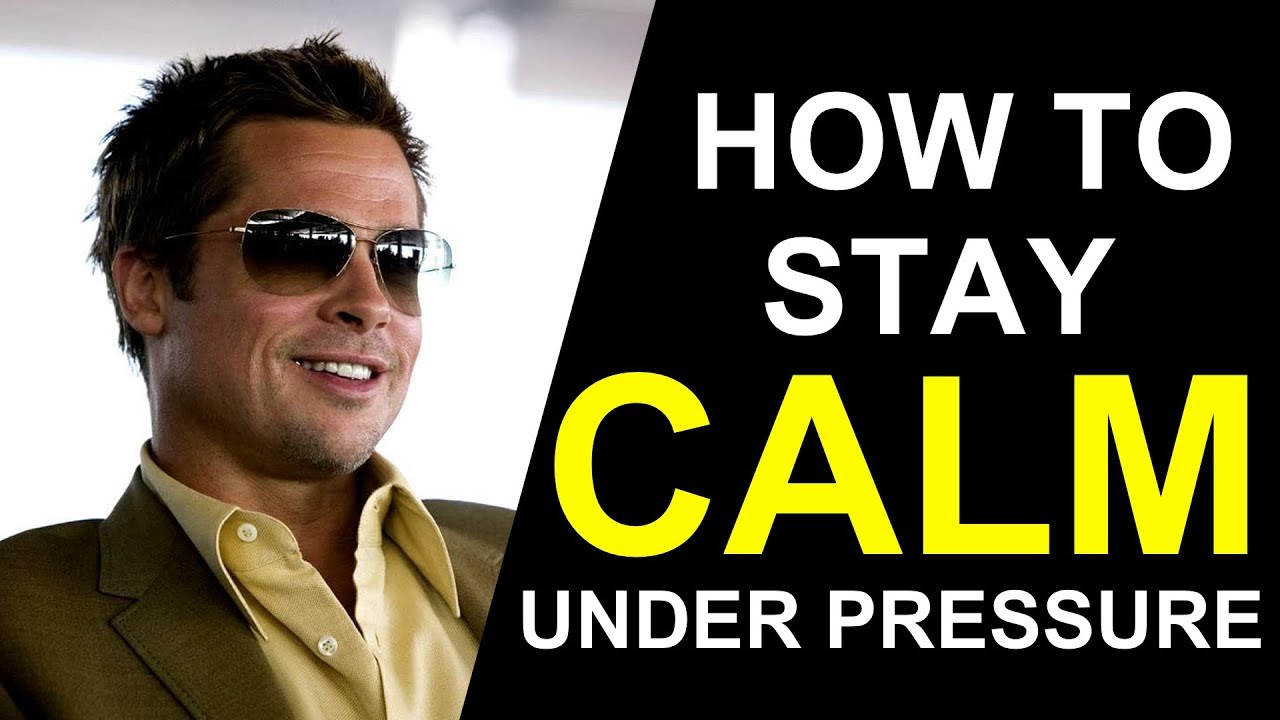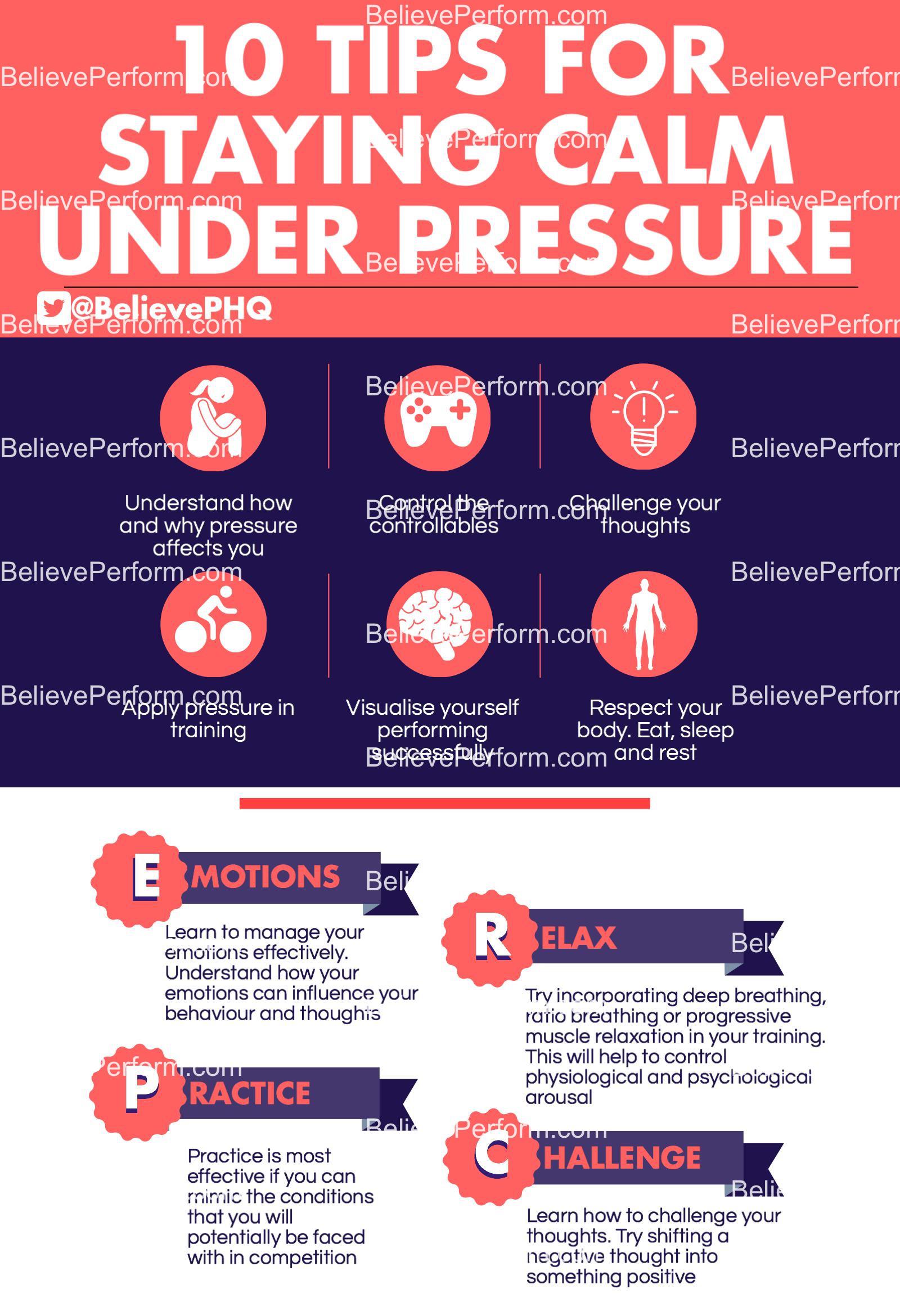
Staying composed, focused, and effective under pressure are all about your mentality. When they are excited, they are thinking about how things could go well.” “When people feel anxious and try to calm down, they are thinking about all the things that could go badly. “People have a very strong intuition that trying to calm down is the best way to cope with their anxiety, but that can be very difficult and ineffective,” said study author Allison Wood Brooks. People who welcome the challenge of a crisis-so much so that overcoming the challenge excites them-perform far better than those who try to force themselves to be calm. Research from the Harvard Business School shows that most of us go about staying calm the wrong way. Mistakes and pressure are inevitable the secret to getting past them is to stay calm. The details are different for everybody, but at some point, we’ve all felt that rising tide of dread and panic. Perhaps it was a typo that threw off a financial forecast, or maybe you forgot to reserve a venue for an important meeting that’s scheduled for the following day.

And if you’re the calm person, find someone who might be panicking and help them.We’re all in this thing together.Most of us have experienced that sickening moment when you realize you’ve made a serious mistake. We often seek out people who are responding in the same way as us, but if you want to reduce panic, find someone who looks calm. If you are panicking, find someone who isn’t. Along with deep breathing, there is another way that we can move our brains from irrational back to rational again: b y doing something with our hands.This is a proven method, and you don’t have to be an artist! Here are some suggestions: jigsaws, crosswords, bracelet-making, baking, sketching, writing, knitting, colouring, scrapbooking, playing with a pet, playing an instrument … the list goes on. When we are in a state of panic or anxiety, the brain is in an irrational place and we’re not able to make clear decisions. When we direct our breath, we can direct our minds. Deep breathing disengages the nervous system and allows us to relax.That’s why everyone says ‘take a deep breath’, because it really does work! Take 2–3 minutes, put both feet on the ground, close your eyes and direct your breath – fully in and fully out – and feel the panic start to melt away. Is it shallow – high up in your chest and collarbone area? Or is it deeper – in your rib-cage area? Or deeper still – in the tummy? Shallow breathing engages the nervous system.
STAYING CALM UNDER PRESSURE PROFESSIONAL
Find reliable sources with truthful and professional information.Did you look for all the facts, or was it hearsay? Did you ask questions to clear up any uncertainty? Did you Google it? Did you jump on social media and come across scare posts? The information we take in will directly affect our response. When we are in the assessment phase, we need facts. A fired-up nervous system feels like panic, which isn’t pleasant, but it is a valid response.However, it’s important to look back on how we assessed the situation because that’s what sent the signal to the brain in the first place.


If we see the situation or information as threatening to us, our brain will send a signal to our nervous system, telling it to fire up so that we can survive.

When we come into contact with a situation (or information about a situation), we assess what that means for us and respond accordingly. So have a read and stick them in your toolkit. What’s really great about them is that they apply to any scenario that worries you. We’ve come up with some tips to help with stress and worry. It can be easy to ge t swept along with the tide of panicor to develop your own internal panic, which isn’t a nice feeling. There is a lot of scary or stressful information swirling around out there at the moment. We asked for her advice on staying calm when the world keeps spinning… Steph Golds is a valued member of the Shona team, a counselling psychotherapist, who has spent countless hours working with young girls.


 0 kommentar(er)
0 kommentar(er)
